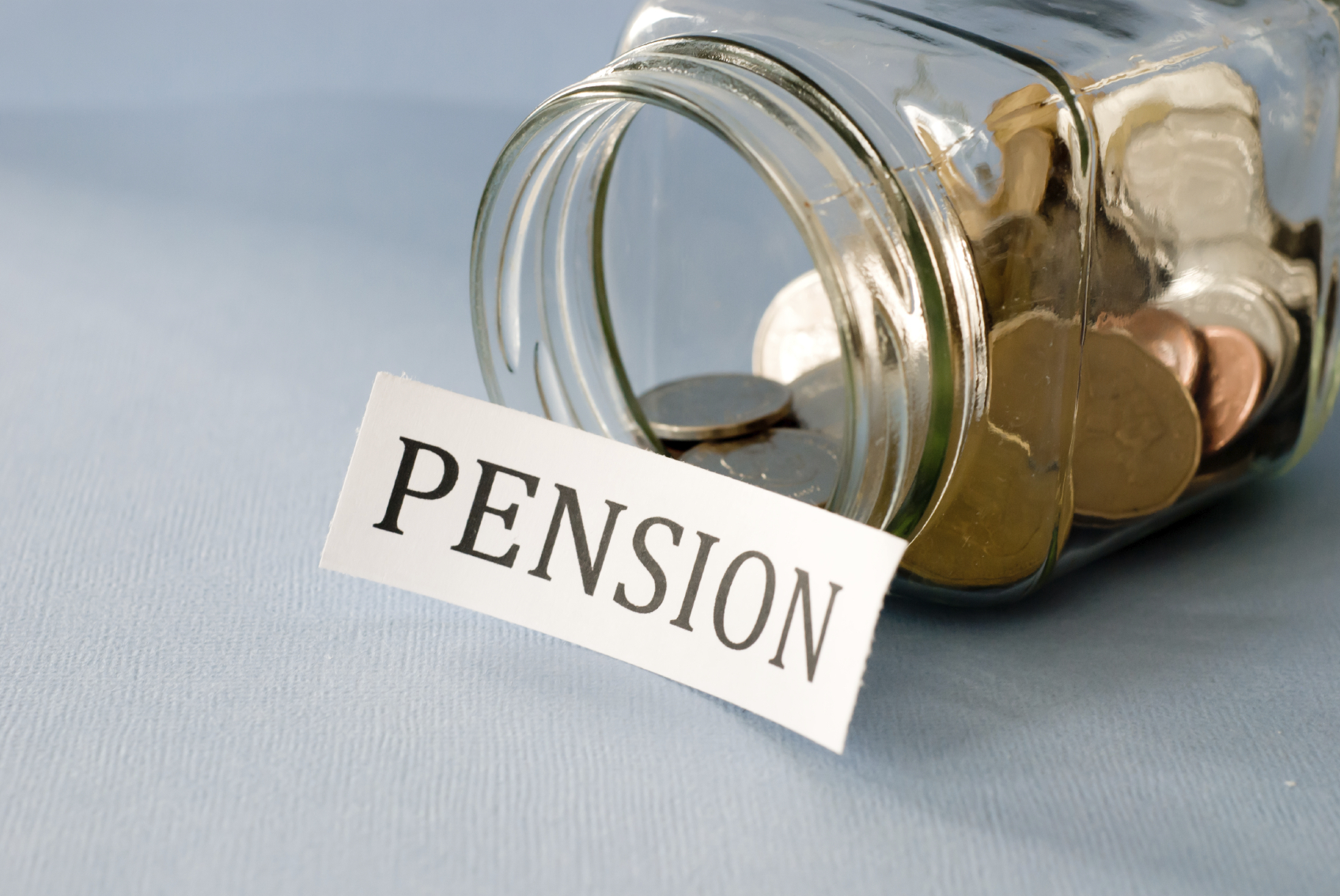
Maryland’s State Pension May Be Only 35 Percent Funded
In March, the American Legislative Exchange Council released its 2018 pension report that ranks states by the funded status of their public pensions. The report ranked Maryland 26th out of 50 states in terms of unfunded pension liabilities per capita.
According to the report, Maryland state pension is only about 35.06 percent funded, and the state’s unfunded pension liability per capita is estimated to be $15,728. Compared to the figures reported in Comprehensive Annual Financial Report, ALEC’s estimates reveal more pessimistic figures because they are calculated using “risk-free” discount rates.
While the large discrepancy between the reported liability figures in Maryland’s CAFR and ALEC’s estimates may suggest that ALEC’s estimates are too pessimistic, there is a chance that the dismal numbers reported by ALEC may be more reflective of the true state of Maryland’s underwater pension reality.
As I pointed out in my latest pension report, for many years, the Maryland State Retirement and Pension System has assumed discount rates that are way too high given the plans’ historical investment records. For example, in five out of five fiscal years since 2013, the 10-year average rate of return for the MSRPS has failed to meet the 7.5 percent discount rate. In fact, the MSRPS’s investment portfolio returned just 4.2 percent over the 10 years ending in June 30, 2017—over 3 percent lower than the 7.5 discount rate.
Given this, it is safe to assume that Maryland’s official estimate of approximately 70 percent funded status is inaccurate and that the $20 billion pension liability figure is undervalued.
In the same report, I identified three main problems with using a discount rate that is unrealistic:
- It allows funds to look closer to fully funded than they actually are
- It creates incentives for states to keep the contributions artificially low
- It creates pressure for the fund managers to invest in riskier assets
Therefore, ALEC’s estimate of Maryland’s funded status of approximately 35 percent, calculated using a more realistic discount rate, should be a wake-up call to encourage Maryland officials to take actions.
Over the past decade, Maryland pension fund has invested heavily in alternative assets, such as private equity, hedge fund, and real assets that cost the state billions of dollars in pension fund management fees, only to yield mediocre investment results.
One reason of many reasons Maryland pension managers were compelled to engage in such risky investment strategy was to meet the plan’s unrealistic discount rate assumption. Unfortunately, such strategy led to counterproductive results. In my study, Maryland underperformed its peer group of state pension funds by approximately 1.4 percent per year for the past 10 years, translating into lost investment income of approximately $7 billion.
So, rather than pretending that Maryland doesn’t have a pension problem, the responsible thing for Maryland policymakers to do is to make the necessary change in discount rate assumptions and its investment strategy to ensure that the state retirees can receive the promised benefits. (Read this study for recommendations on how to improve Maryland’s pension investment strategy).
In addition, Maryland pension fund must become more transparent in the reporting of their fees so the state employees can better understand how their retirement funds are being invested. In mid-March, the Maryland House of Delegates passed legislation requiring greater transparency into fees paid to Wall Street by the MSRPS. The bill is waiting for the Senate’s decision, but if passed, it would help bring Maryland one step closer to a better-funded pension system.
It is understandable that Maryland lawmakers would find it difficult to admit that the state’s pension fund may be significantly less than 70 percent funded. However, such admission is the necessary step to ensure fairness to Maryland’s taxpayers and state retirees, who depend on elected officials to manage their money responsibly and bring them retirement security.





